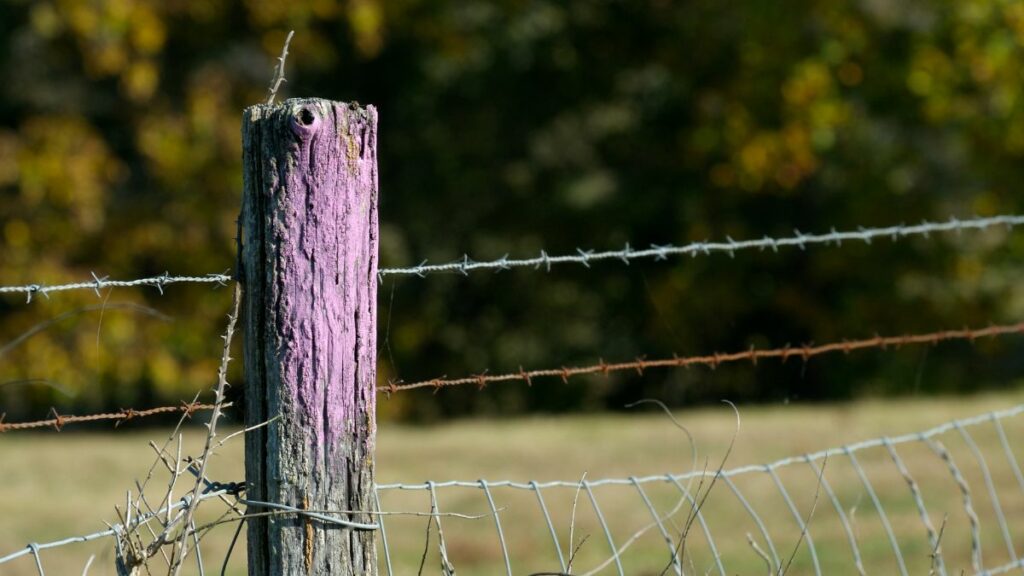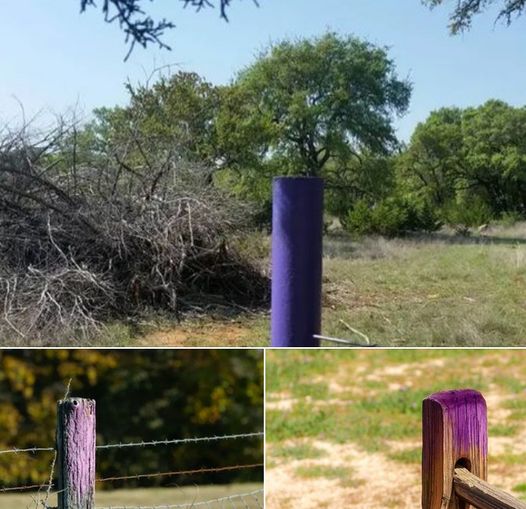For years, property owners have sought effective methods to protect their land from vandals and trespassers. Traditional signs often fall prey to vandalism themselves, prompting a shift to a more durable and legally recognized method: painting fences and trees purple.
In several U.S. states, including Alabama, Arkansas, Arizona, Florida, Illinois, Indiana, Kansas, Maine, Missouri, North Carolina, Pennsylvania, South Carolina, Tennessee, and Texas, a purple-painted fence or tree serves as a legal notice against trespassing. This practice is rooted in state legislation that recognizes purple as a highly visible and distinguishable color, even to those with color blindness.

The concept of using paint to mark property boundaries is not novel. Arkansas was the pioneer state to introduce “posting paint” legislation in 1989, setting a precedent for other states to follow. The rationale behind choosing purple is its distinct visibility and the ease with which it can be identified in natural settings.
For instance, in Texas, purple paint on posts or trees signifies that the land is strictly off-limits to trespassers. Conversely, in North Carolina, the same markings indicate that outdoor activities such as hiking are permissible as long as they do not involve hunting, fishing, or trapping.

When property owners opt for purple paint to delineate their boundaries, they must adhere to specific guidelines:
-
- Stripes should be vertical, at least 1 inch wide and 8 inches long.
- The paint marks should be placed 3 to 5 feet above the ground.
- They should be spaced no more than 100 feet apart to ensure clear visibility.
It is crucial to use appropriate, environmentally friendly paint, especially when applying it to trees. Avoiding oil-based paints helps prevent harm to the trees.

Understanding and recognizing purple-painted boundaries is essential for outdoor enthusiasts and the general public. Trespassing laws, which trace back to medieval England, are strict in many jurisdictions, with penalties including fines up to $10,000 and potential jail time.
By spreading awareness about the significance of purple paint, communities can better protect private property, reduce conflicts, and promote respect for land ownership.
Next time you’re exploring the outdoors, be mindful of purple markings on fences and trees. These markers are more than just paint; they are legal signals that protect property and help maintain peace.
Please share this information with your family and friends to enhance awareness and respect for private property.
